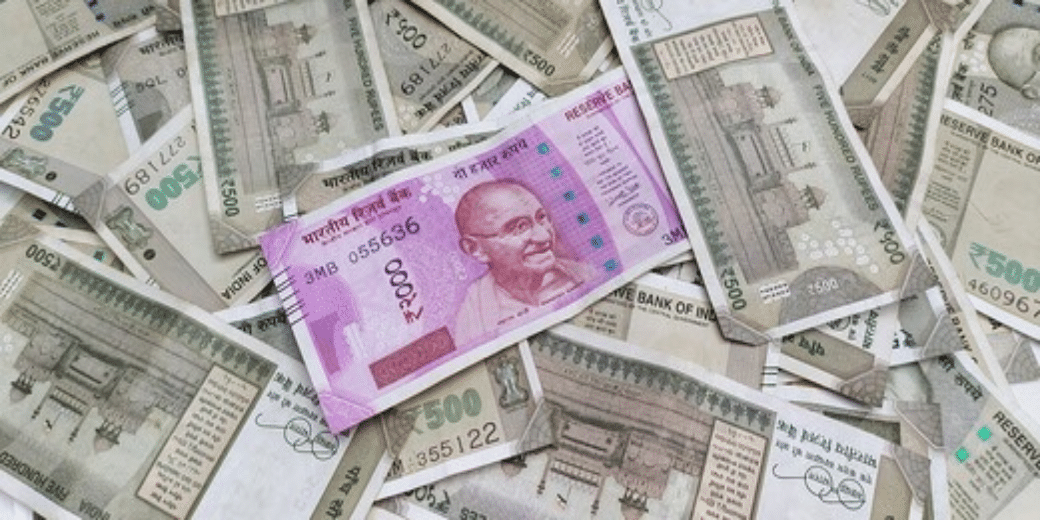Banks start feeling the bite of rising cost of funds
Senior bankers think that the cost of funds will continue to swell for a few more quarters till the repricing of deposit rates that have been rising for more than a year gets factored in

Rising borrowing costs and deposit interest rates have started biting Indian banks, a sector that is otherwise currently passing through the best of times with robust credit growth, sharp improvement in asset quality and healthy growth in margins. The Economic Times has said in a report that banks have already suffered a rise of more than 1 percentage point in the cost of funds in the past one year.
But this is not the end of the pinch. Senior bankers think that the cost of funds will continue to swell for a few more quarters till the repricing of deposit rates that have been rising for more than a year gets factored in.
The Reserve Bank of India raised repo rates – the cost at which it lends to commercial banks – from 2.5% to 6.5% between March 2022 and February 2023. It has been held at 6.5% since then with little chance of a cut this year with upward pressures on inflation, especially due to rising food prices.
Axis Bank’s cost of funds stood at 5.03% at the end of Q1 of the current financial year. At the same time last year, its cost of funds stood at 3.89%, implying a rise of 1.14 percentage point.
“The marginal cost of deposits has stablised for the last few months. We expect deposit costs to further increase over the remaining part of the financial year. But the pace of growth of deposit cost is most likely to moderate. So if you recollect, in the Axis context, we had a deposit cost increase that took place in quarter 4 of last year, followed by a deposit costs or cost of funds increase in quarter 1 of the current year. We are seeing the pace of growth is likely to moderate for the rest of the financial year,” said Puneet Sharma, CFO, Axis Bank.
The largest private sector bank HDFC Bank witnessed a smaller rise. While its cost of funds was 3.1% at the end of June in 2022, it has risen to 4% at the end of June this year.
IndusInd Bank went through a rise of 39 basis points in the cost of funds between Q1 of FY23 and Q1 of FY24. Its cost of funds stood at 5.31% at the end of April-June quarter this year.
“With our retail money growing, I think over a period of time, maybe this quarter, you should start seeing the stability in the cost of deposit as we go forward into the years as in the quarter 3 and quarter 4. You should start seeing a 10 to 15 basis point decline in our cost of deposits as we go forward. We are assuming that there will be a decline in the corporate yields as we move forward into quarter 3 and quarter 4. But yes, those will more or less be substituted by the gains, which we will get in the cost of deposits,” said Sumant Kathpalia, managing director of IndusInd Bank.
In a recent report titled “Indian Banks: Building Resilient Leadership”, global consultancy major McKinsey & Co stated that Indian banks are likely to witness a rise in the cost of deposits in the next couple of years that might affect their profitability.
(ENDS)